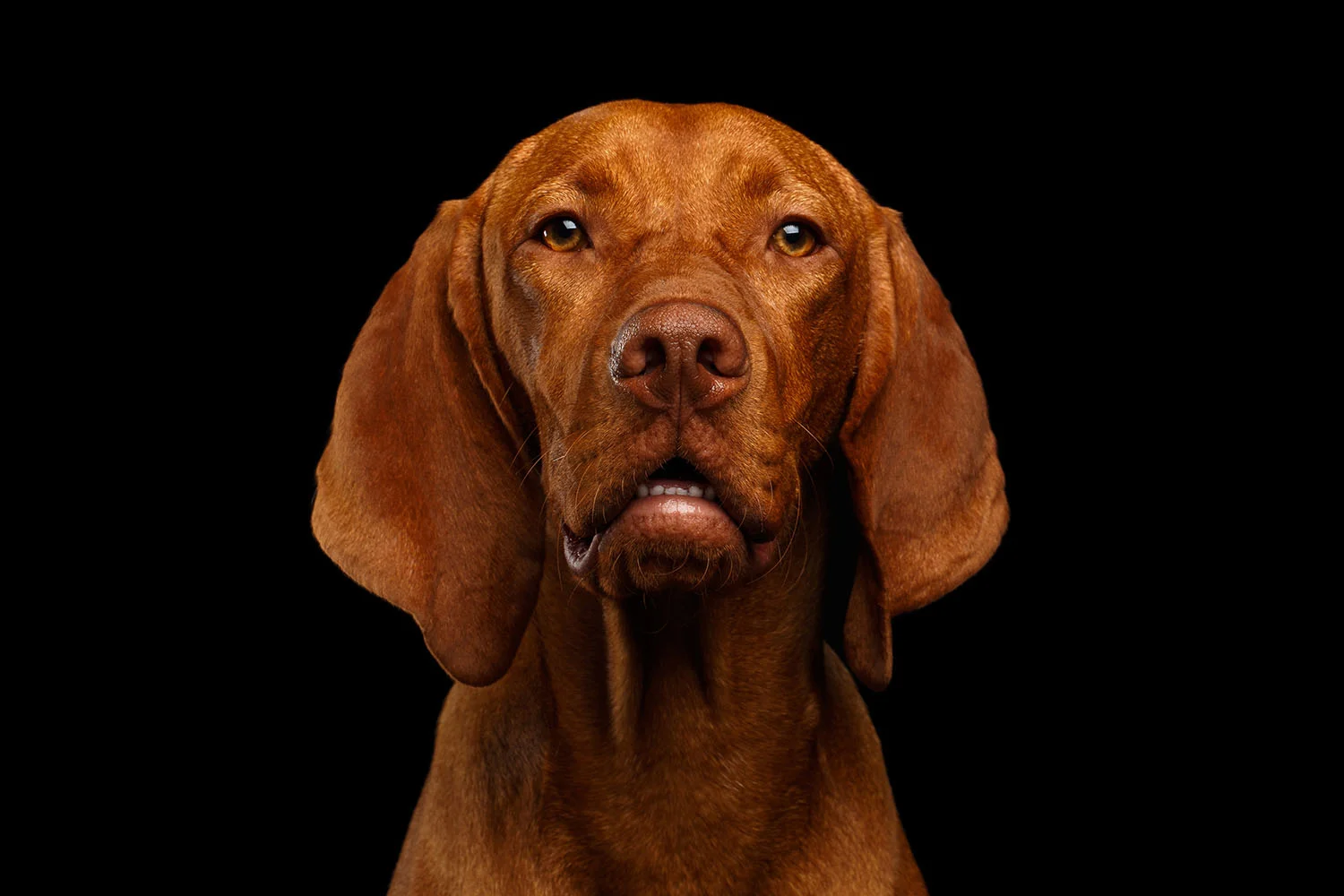Ultrasound
With our high-quality ultrasound machine and well-trained vets we can provide fast and accurate results with minimal patient stress.
Ultrasounds are booked when one of our vets thinks it will help make a diagnosis. We do not book ultrasounds for patients we have not seen.
What is ultrasound?
Ultrasound is a non-invasive medical imaging technique. It uses sound waves to create detailed images that can then be seen on a computer screen.
Ultrasounds do not involve radiation and can be carried out while there is movement, making them very safe and particularly useful for wriggly pets. As our ultrasound machine is portable, we can also perform scans where the patient is.
When do we recommend ultrasound?
An ultrasound might be recommended for many reasons. You probably know about ultrasound use in pregnancy, but this is actually one of the least common uses for pets. Mostly we use ultrasound to examine organs in the abdomen and sometimes the chest. With the ultrasound we can look for abnormalities in:
kidneys
adrenal glands
liver and gallbladder
spleen
pancreas
stomach
intestines
bladder
uterus and ovaries
prostate
internal lymph nodes
heart
lungs (in some situations)
blood vessels
We can also examine lumps to see if they need further testing and identify the correct site for a surgical biopsy.
What happens during an ultrasound?
We often perform ultrasounds without any specific preparation. But if you are bringing your pet in for a scheduled ultrasound, we might ask you to fast your pet for 8–12 hours.
To make sure we get sharp images, we need to get good ‘contact’ between the ultrasound probe and the skin. So, we often need to shave away some fur and apply alcohol to the skin before we apply the clear ultrasound gel.
The ultrasound is most commonly done with your pet lying down. We place the ultrasound probe (or transducer) against the skin and then move it with a sliding and rotating action to create a real-time image, which is projected onto a screen. We then take multiple short video clips and still images.
Is sedation needed?
Most of the time we can perform an ultrasound without sedation.
Sometimes we might give some sedation to help your pet relax and minimise stress or discomfort. If we intend on taking needle biopsies, we usually provide heavy sedation or even a general anaesthetic because we can’t ask pets to hold still!
How long does an ultrasound take?
An ultrasound can take anywhere from a few seconds to an hour. It depends on what we are looking for. Sometimes we might just need to confirm the presence of free fluid in the chest or abdominal cavity and other times we might need to look at every abdominal organ in detail and take ultrasound-guided biopsies.
What are the risks of ultrasound?
Ultrasound is a safe examination and the procedure itself presents no risk to the patient.
As with any form of testing or screening, there is a risk of what is called overdiagnosis. This is where we find something that would not have caused a problem if it had not been found, but can lead to further (sometimes invasive) investigation and treatment (ie overtreatment). The best way to avoid this is working with highly experienced vets who are able to interpret findings in context.
We sometimes use ultrasound to help us perform other procedures such as biopsy or draining fluid from a body cavity/organ. These procedures will carry some risk. We only perform them with your consent and if the benefits outweigh any risks.
What are the benefits of ultrasound?
Ultrasound is safe and can provide accurate results without any significant risk to your pet. As a comparison, X-ray and CT use radiation and MRI and CT require a general anaesthetic. These other imaging techniques also often require the use of ‘contrast’, which is a type of dye that is either swallowed or injected into a vein. Injected contrast has caused issues for some human and veterinary patients.
Ultrasound is also readily available and relatively inexpensive.
What are the limitations of ultrasound?
Ultrasound is not useful for looking at bones or in areas where there is air/gas such as lungs. Sometimes the gut will have a lot of gas in it making it difficult to see abdominal structures easily.
Ultrasound is good for identifying abnormalities but it’s not always possible to say what the abnormality is. For example, if we find a lump, we can’t necessarily say whether it’s a malignant cancer or a benign mass. For a definite diagnosis we often need to get a sample of the abnormal tissue.
When can I expect the results of my pet’s ultrasound?
Results are sometimes available immediately, although a full report may take up to 24 hours.
Digital X-rays
Our new Cuattro CloudDR digital X-ray system means we can get clear images of body structures rapidly.
What are X-rays?
X-rays are a type of radiation. We’re all exposed to some radiation all the time. Unlike some other forms of radiation such as visible light, radiowaves and microwaves, X-rays travel through the body.
An image can be created because the X-rays are absorbed differently by various tissues as they pass through the body. Bones absorb more X-rays and show up as white or light grey. Lungs containing air don’t absorb much and show up as dark grey or black. Other soft tissues will be various shades of grey.
When do we recommend X-rays?
Because of the way they work, X-rays are great for looking at bones and chests. So we might recommend an X-ray if your pet has neck, back, hip or limb problems (eg arthritis, fracture) or if we suspect a lung or heart problem.
While ultrasound has largely replaced X-rays when it comes to looking at abdomens, we do still use X-rays here. For example, if we’re worried about a foreign body causing an intestinal obstruction or if your pet has possibly swallowed something metallic (eg battery), X-rays can be very helpful.
X-rays are also useful for looking at teeth when we need to make decisions about dental work. Dental X-rays show the roots of teeth and cavities that can’t be seen on the surface.
We also perform X-rays during some operations. For example, if we are repairing a fracture or doing a knee reconstruction, we might take X-rays to help us assess alignment and angles.
Who does X-rays at Elwood?
All the clinical staff (ie vets and nurses) take X-rays. We are all trained in radiation safety.
What happens during an X-ray?
Generally, there is no specific preparation for X-rays. Fasting may be recommended if we need to do the X-rays under sedation or anaesthetic.
During the X-ray procedure, your pet is then placed into position and must stay still while we direct the X-ray beam through the area of interest. Any movement will cause a blurred image, so for positions that are awkward or uncomfortable, we often give sedation. If we are holding your pet during the X-ray, we put on lead-lined clothing.
The image is then digitally processed and appears on a computer screen. Here we can manipulate the image (ie make it bigger or darker or rotate it, or compare it to others) and potentially make a diagnosis. Sometimes we will send X-rays to a specialist for their opinion.
Is sedation needed?
Unlike ultrasound, we do need your pet to stay still for an X-ray. So for very wriggly pets or conditions/positions that may be uncomfortable, we will often need sedation. For very painful conditions (eg fractures) or very awkward positions (eg those used for hip scoring), we will often use a short general anaesthetic.
We can often get good chest X-rays without the need for sedation.
How long does it take to get my pet X-rayed?
Digital X-ray examinations are generally quick. Most can be carried out within 15–30 minutes. The whole process may take longer if we need to sedate your pet, or if we need to take multiple images over time (eg watching barium move through the gut).
What are the risks of X-ray?
The use of radiation carries some risk. However, radiation doses used for diagnostic imaging (as opposed to radiation for cancer treatment) are very small and there isn’t any evidence of health effects for pets.
To put things into a human perspective, you would need to have about 38 chest X-rays to get the same amount of radiation you get from a year’s worth of normal background radiation.
Like with any form of testing, there is a risk of overdiagnosis. This means we find something that would not have caused a problem if it wasn’t found, but can lead to further (sometimes invasive) investigation and treatment (ie overtreatment). The best way to avoid this is working with highly experienced vets who are able to interpret findings in context.
What are the benefits of X-ray?
X-rays are readily available and can rapidly diagnose issues such as:
lung conditions (eg pneumonia, oedema, collapse, cancer)
heart conditions (eg heart failure)
fractures
bone infections, tumours
arthritis
bowel blockage
kidney and bladder stones.
What are the limitations of X-ray?
While X-rays can be good for looking at the bones of the back, they aren’t very useful for looking at the spinal cord. So even for severe back problems such as paralysis, we might not be able to see anything wrong on X-ray. If we need to look at the brain or spinal cord, other imaging is needed such as CT or MRI. These are available, but you need a referral to a specialist.
When can I expect the results of my pet’s X-rays?
Generally, results are available immediately, however a written report may take 24 hours. Some X-rays (eg hip scores) need to be sent to a third party for interpretation – this can take a few weeks.

